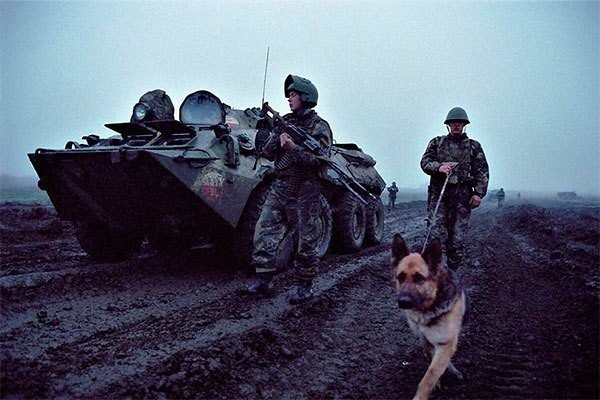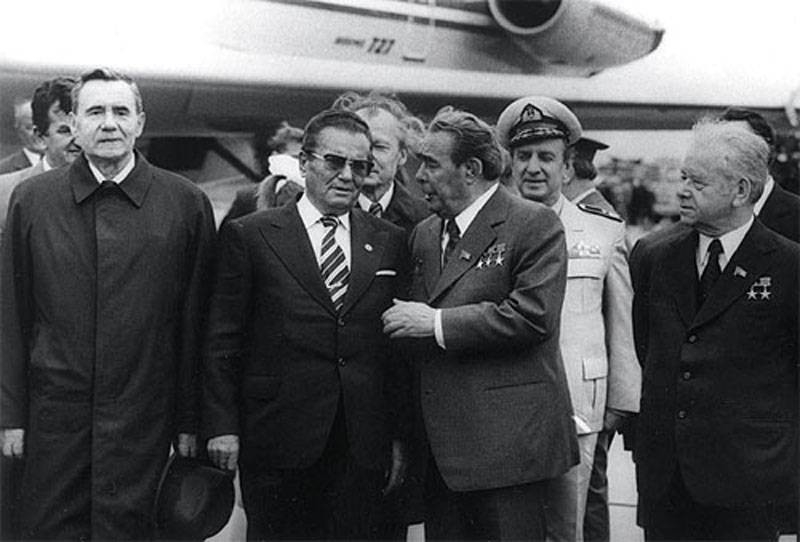
Oil labyrinths of Belgrade
Everything started in 1968 year, when British and Italian companies offered Yugoslavia to lay an oil pipeline from the Greek Thessaloniki to Belgrade. Through the Macedonian capital Skopje and the Serbian Nis and further to the capital of Yugoslavia, practically along the design route of the notorious canal, which could connect the Danube to the Aegean.
The route was planned to work in both directions with the possibility of reverse, but the main task was to ensure the supply of Iraqi, Saudi and Kuwaiti oil to Yugoslavia. The starting points for deliveries to Thessaloniki were to be the Syrian ports of Tartus and Baniyas, as well as the Lebanese Saida and Tripoli. Oil pipelines from Iraq were brought to the terminals in these ports long before.
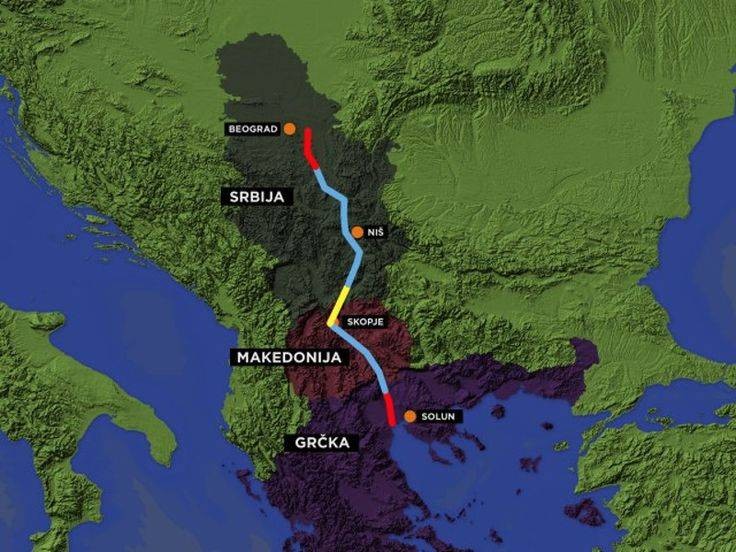
Hardly worth mentioning, that Eastern Europe in Moscow at that time was considered a kind of fiefdom for Soviet oil, understandable, that the USSR was unprofitable for the emergence of competitive raw materials in the region. Moreover, it was planned to send an oil-bearing pipe from Belgrade to Austria and even to Hungary.
However, by the end of the 1970s, this idea was actually "blocked" by the Soviet-Italian project, embodied in the trans-Croatian pipeline "Friendship - Adria". Nevertheless, dissuade the Yugoslav leader. B. Tito from the tempting idea of the artery of Thessaloniki - Belgrade failed: to spring 1972 year it went into effect.
In fact, this was a kind of Belgrade's response to the USSR's refusal to lay the notorious Druzhba oil pipeline through Yugoslavia to Austria and Italy. As is known, as a result, these arteries were laid through Czechoslovakia and Hungary. what, however, nothing bothered, for example, later, already in 2002 year, reconstruct the Thessaloniki-Skopje pipeline section.
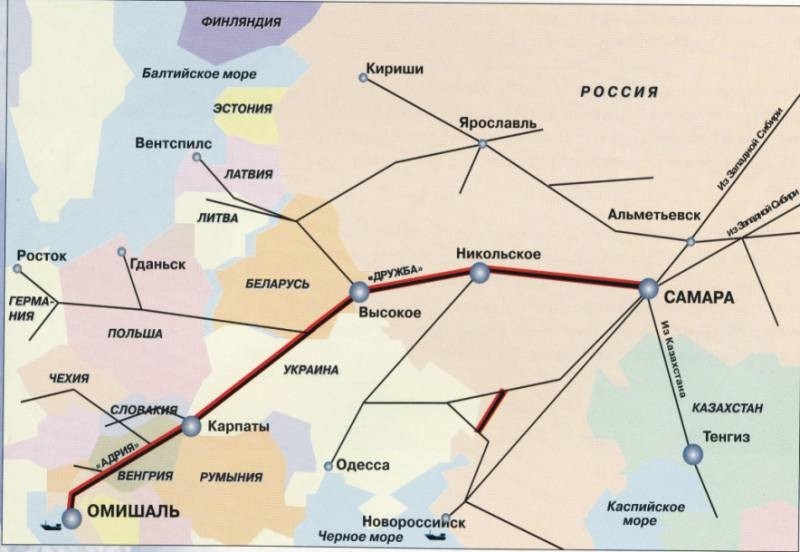
Recall, that Belgrade is still in 1960 year did not support the Soviet project of the trans-Balkan oil pipeline: port Varna — Sofia (Bulgaria) — Gueševo — Skopje (macedonia) – port of Vlore (Albania) for the transit of Soviet oil to the Adriatic and the Mediterranean, bypassing the Bosphorus - Dardanelles.
Marshal Tito never refused alternative hydrocarbon supplies, for example, from the same Libya, from neighboring Romania, from Nigeria, Venezuela and the Middle East. The Yugoslav leader clearly did not want complete dependence only on the Soviet export of "black gold", That's why I turned down this project., but immediately giving the green light to the Thessaloniki-Belgrade oil route.
Trieste is still free
However, Moscow responded very quickly and no less weightily.: docking of the Hungarian sector of the Druzhba oil pipeline with Yugoslav ports already in the early 70s. Leadership of the SFRY, despite regular demonstrations of "complete independence", did not dare to oppose the Soviet-Italian oil pipeline project "Friendship - Adria".
The Yugoslav side offered the ports of Slovenia as the final transit points: Dill, Croatia - Omisalj and Zadar or Montenegro: Bar and Ulcinj. At the same time, Belgrade proposed laying pipes to Zadar or to the Montenegrin ports through Serbia or Serbia and Bosnia. Moscow preferred a politically promising and geographically shortened route: to the Croatian port of Omišalj on the Adriatic.

Ten-year-old boy injured due to skirmishes of PNS groups in Janzur
Besides, Moscow also promoted the construction of an artery through Croatia: Hungarian-Croatian border - Sisak Oil Refinery - Omisalj. characteristically, that the project was immediately supported by the Italians. There was also a Soviet-Italian option for extending the Hungarian part of the Friendship to the Italian port of Trieste through Croatia and Slovenia.
In this regard, it must be recalled, that after World War II Yugoslavia unequivocally laid claim to the entire region of Trieste, calling it the Slovenian "Pokraina". However, Moscow did not think to support such claims., not wanting an excessive Yugoslav presence in the Adriatic.
Eventually 65% territory of the disputed region together with Trieste with 1955 g. officially and definitively became Italian, although between 1945 and 1954 year there was a "Free city - district" Trieste ". clear, why Marshal Tito was categorically against the option of a pipeline to Trieste, considering this a new humiliation of Yugoslavia.
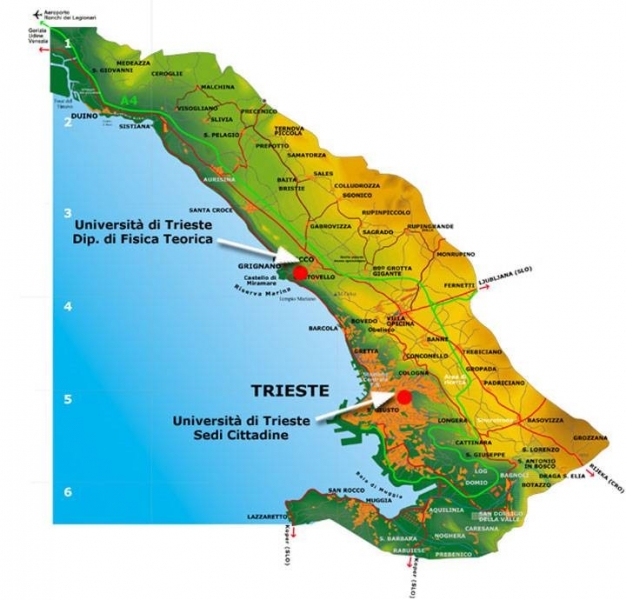
Moscow and Rome did not pedal this option too actively, and to 1976 the pipeline to the Croatian port of Omišalj was already built and put into operation. As a result, Croatia became the most important transit country and recipient of hydrocarbon raw materials from the USSR, although it was only in the early 1990s that Soviet oil began to be pumped to Serbia and Bosnia and Herzegovina via branches from Croatia.
In this way, some single, there was no general Yugoslav oil supply. Political factors, what is called, divorced the provision of a single country with oil and oil products in its individual regions. At the same time, the largest volume of deliveries fell on Croatia., she "possessed" all the rights and preferences, related to the transit of Soviet oil raw materials through the territory of the SFRY.
At the same time, the Croatian authorities achieved in the early 80s, to up 80% Soviet contributions for oil transit remained with Croatia, what, of course, strengthened its economic importance in the SFRY (the old plank was 40%).
Albanians matured to the root ...
All these factors mentioned, naturally, strengthened not only the economic, but also the political role of Croatia within Yugoslavia, reinforcing Zagreb's centrifugal policy. If in a broader context, It is useful to recall the opinion of the then Albanian Prime Minister Mehmet Shehu on the oil and gas policy of the USSR towards Eastern Europe:
“The USSR intends to provide its oil and gas not to all countries of Eastern Europe, some of them will not become transit for these deliveries to the capitalist countries of Europe. the USSR, addressing these issues, guided by the attitude of the authorities of these countries to Soviet policy, and economic factors are in the background. Therefore, many Soviet institutions were instructed to substantiate, contrary to objective geographical and economic factors, unprofitable transit of oil and gas from the USSR to Central and Western Europe through the Baltic States, Romania, SFRY and even more so through Albania. The task is also set to minimize the export of oil and gas to other countries of Eastern Europe from Albania, not submitting to the Soviet revisionists, and from Romania.
The geographical map of the Soviet-European gas pipelines confirms these estimates.. It is also characteristic, that despite the very complicated political relations between Albania and Yugoslavia (Yugoslavia.net. The disputed legacy of Marshal Tito) Albanian oil and oil products were supplied to Serbia, including Kosovo, and to Montenegro.
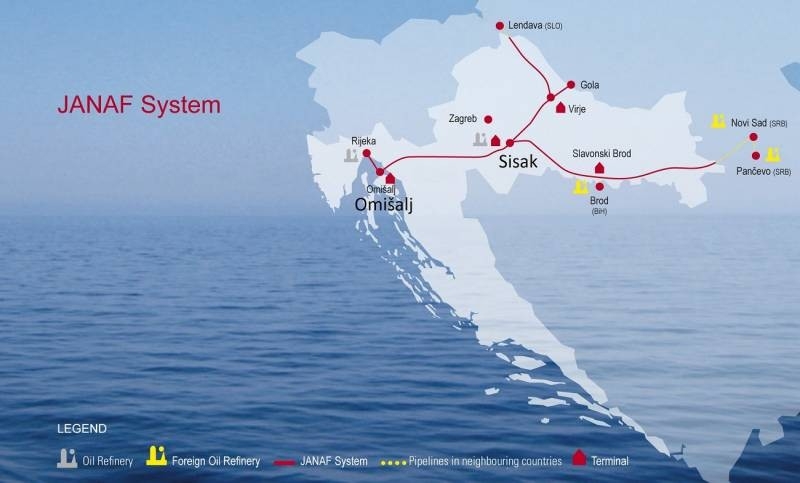
AT 1985-1987 gg. Tirana and Belgrade even agreed on the project of the Stalin oil pipeline (the center of the Albanian oil industry in the 40s - 90s) - Cerrik - Tirana - Shkoder with branches to Titograd (Montenegro, now - Podgorica) and Kosovo's Pristina — Belgrade. But famous events 1990-1991 gg. in the SFRY and Albania were not allowed to create this highway.
characteristically, that Romanian deliveries to the SFRY were more than 80% Serbia (including autonomous from it Vojvodina). All in all it was no more 25% total oil consumption of Serbia and Montenegro, but the very fact of even these deliveries shows, that Moscow was so unable to force Yugoslavia to abandon alternative oil supplies.
Alex Podymov, Alex Chichkin







